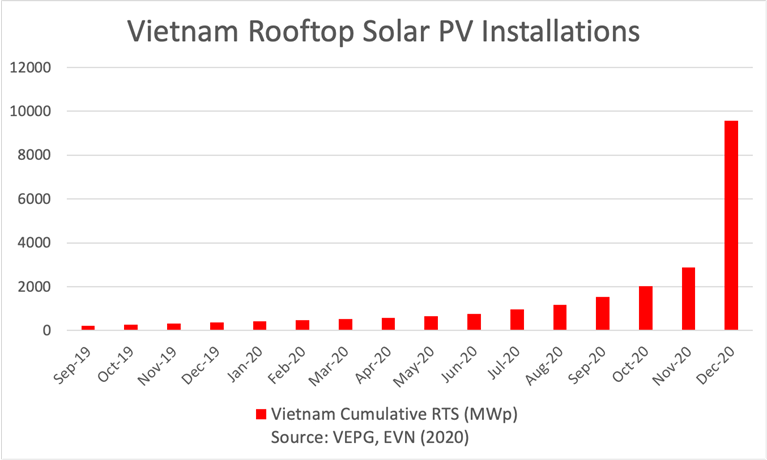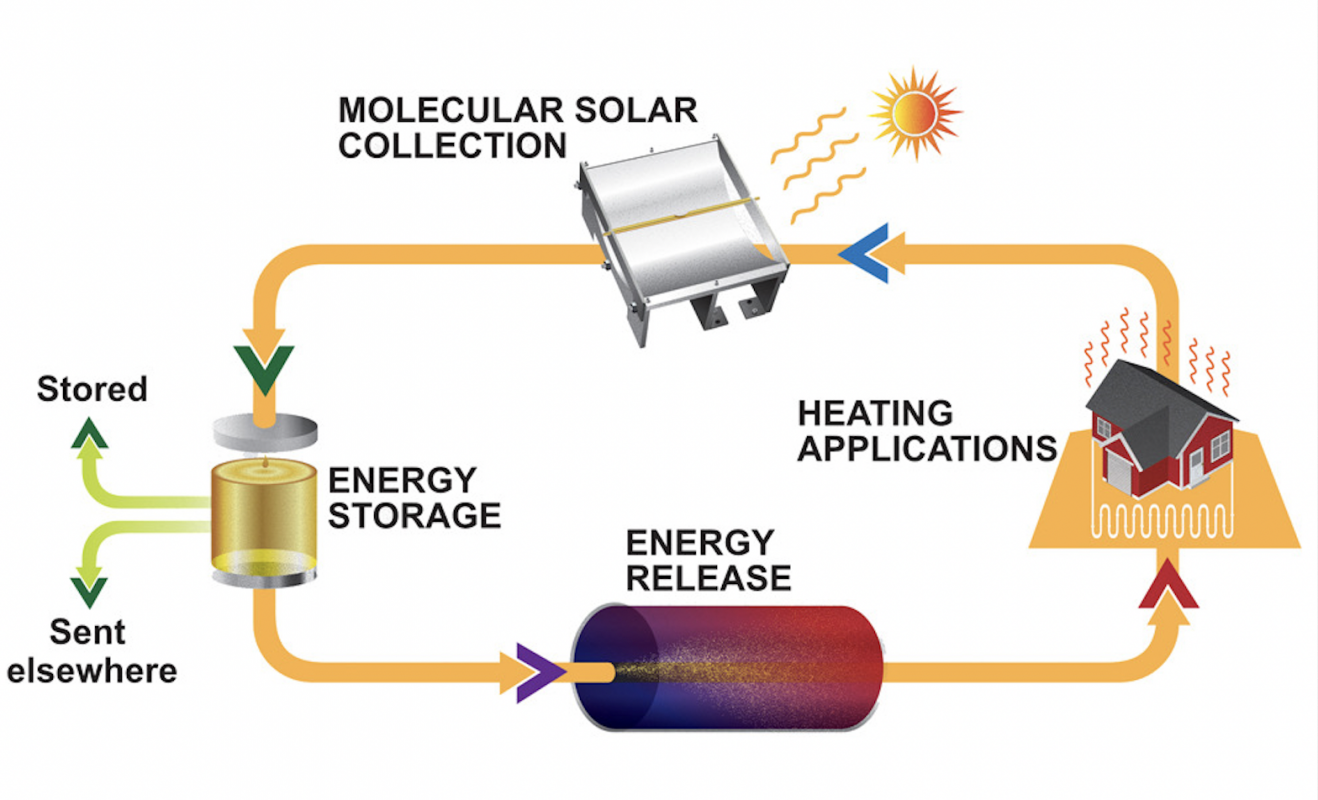 As world economies recovered from the Covid-19 pandemic, there was an explosive increase in the need for electricity. Studies show that the amount of electricity used in 2021 was equivalent to adding another India to the grid!
As world economies recovered from the Covid-19 pandemic, there was an explosive increase in the need for electricity. Studies show that the amount of electricity used in 2021 was equivalent to adding another India to the grid!
Electricity demand rose by 5.4% in 2021 - the fastest growth since 2010, with coal power meeting 59% of that increase. Clean energy sources like solar, wind, geothermal, and hydropower are helping fill the need and are making up 38% of the global electricity supply.
Wind and solar energy in particular have grown the fastest. In 2021, solar and wind energy reached a record of 10% of the global energy supply for over 50 nations! Let’s dive further into today’s energy landscape.
Wind and Solar Energy
The Netherlands, Australia, and Vietnam are the countries leading the adoption of clean energy. Each of these nations has replaced more than 8% of its fossil fuel electricity with wind or solar energy within the past two years.
 Vietnam has achieved this by implementing feed-in tariffs - this is money that the government pays people to produce electricity to supply the grid. This has made solar power more appealing to households and institutions in the country.
Vietnam has achieved this by implementing feed-in tariffs - this is money that the government pays people to produce electricity to supply the grid. This has made solar power more appealing to households and institutions in the country.
The Netherlands, located close to the northern pole, has illustrated that the amount of sunshine a country receives is not the only factor in the success of solar energy. The adoption of solar also depends on a government’s willingness to develop ambitious clean energy policies.
Wind and solar energy can help mitigate the climate crisis, given that they cost the least to produce. The generation of wind and solar needs to increase by more than 20% yearly until 2030 to prevent average global temperatures from rising beyond 1.5 ℃. In other words, these technologies need to grow much faster than they have during all of the past decades!
However, growth in these sectors and the increase in energy production will require updating the grid. The grid must be able to accommodate multiple energy sources and have a way to store excess energy. This is where a new storage technology called MOST (short for Molecular Solar Thermal) Energy Storage Systems may hold promise.
An Exciting Innovation!
 Researchers have been developing a technology that would enable solar energy to be stored and accessed for over 18 years.
Researchers have been developing a technology that would enable solar energy to be stored and accessed for over 18 years.
MOST uses a special molecule made up of carbon, hydrogen, and nitrogen. When this molecule comes in contact with sunlight, it forms an energy-retaining isomer. An isomer of a molecule is made of the same atoms, but the atoms are arranged differently - which changes the chemical properties of the original molecule. When the energy is released, the molecule shifts back to its original shape, allowing the molecule to be reused.
By connecting MOST to a thermoelectric generator, the system is able to produce electricity from heat. The advantage of such a system is that it could produce solar energy regardless of weather, time of day, season, or geographical location. However, more research is needed to make the system more efficient before this can become a reality.
Let’s keep watching for continuing innovation in the clean energy sector! It is sure to be critical in meeting our increasing energy demands and securing a future with clean energy.
Sources: BBC, SciTech, ember-climate.org







